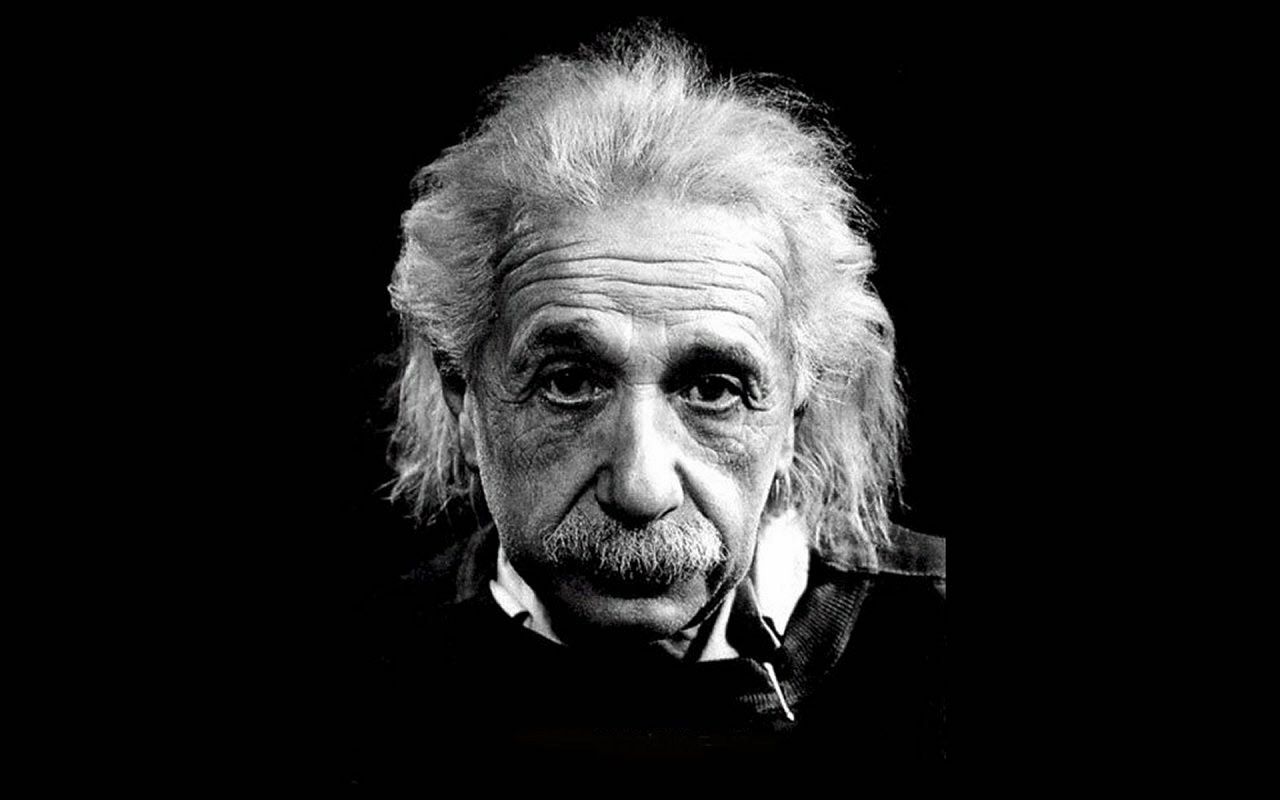
For 200 years, Newton’s description of gravity applied. Gravity was the force that worked by the attraction between celestial bodies. A theory that worked well to describe nature in a great number of situations, such as to describe planetary motion.
But some discrepancies did exist for which Newton’s gravity did not apply. Then Einstein came with an alternative solution that would turn established science on its head.
Space-Time
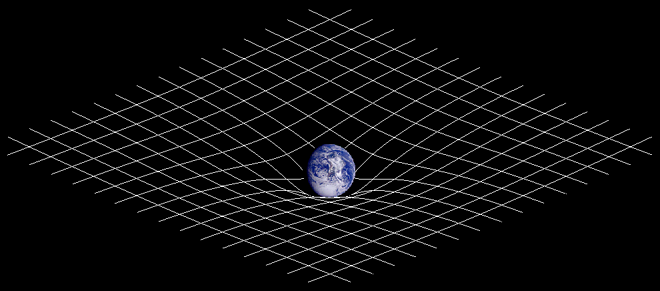
In a lecture on November 25th in 1915 at the Prussian Academy of Sciences, Einstein presented the idea that gravity is not a force, but a consequence of mass curving space-time.
This new concept solved a 150-year-old problem, for which Mercury’s closest point of approach to the Sun was moving forward more than expected. A problem that was once thought to be explained by another, not yet known planet named Vulcan (later to inspire Gene Roddenberry and his Star Trek).
Einstein’s flash of insight was to fuse the dimensions of space with that of time and create a single, mutable whole: spacetime. And by doing so, this significantly simplified a large number of physical theories, as well as to describe in a more uniform way the workings of the universe at both the supergalactic and subatomic levels.
Lightspeed and Gravity
Einstein put forward that the speed of light is absolute. But as light is always seen to move at the speed of light, the theory predicted weird effects like the shrinking of physical extent (length contraction) or stretching of time (time dilation) as objects got faster. The latter brilliantly featured in the movie Interstellar. Counter-intuitively, though, the theory worked.
As its name suggests, it was a special case—for movement at constant speeds in straight lines. Einstein knew, for example, that his ideas didn’t match up with that of Isaac Newton’s theory of gravity, which presumed unchanging dimensions of space and made no mention of time.
Einstein came up with a solution to this problem while working at the Swiss federal patent office, having what he later described as “the happiest thought of my life” – gravitation and acceleration were identical.
He imagined a person in a cabin in outer space (this being long before manned spaceflight, he conjured a “spacious chest resembling a room”) being pulled along in such a way that the person inside would find the situation indistinguishable from that on Earth.
That is, gravity not only looked like acceleration, he concluded; it was acceleration. He further explained that as mass creates a kind of dip into which object fall, creating a dip in space-time, making matter fall along the path of least resistance rather than being pulled by gravity.
Special And General
The theory of relativity usually encompasses two theories; special relativity and general relativity. Special relativity is a theory of the structure of space-time, including the theory of the speed of light in a vacuum to be absolute. General relativity is a theory of gravitation.
Mass–energy equivalence arose originally from special relativity as a paradox described by Henri Poincaré. But Einstein was the first to propose that the equivalence of mass and energy is a general principle and a consequence of the symmetries of space and time. And the resulting famous equation describing the relationship is E=mc^2.
The even weirder Quantum mechanics were introduced shortly after and offered explanations of physics at the atomic level.
Standing on the Shoulders of Giants
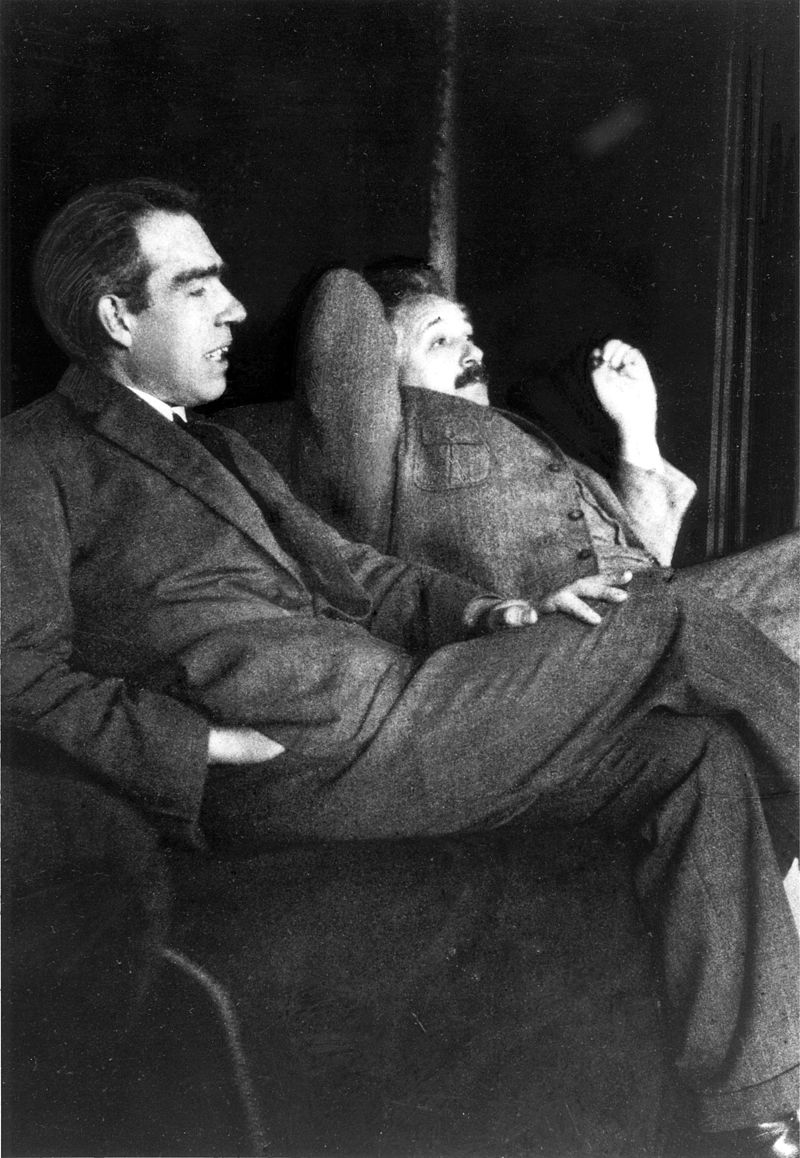
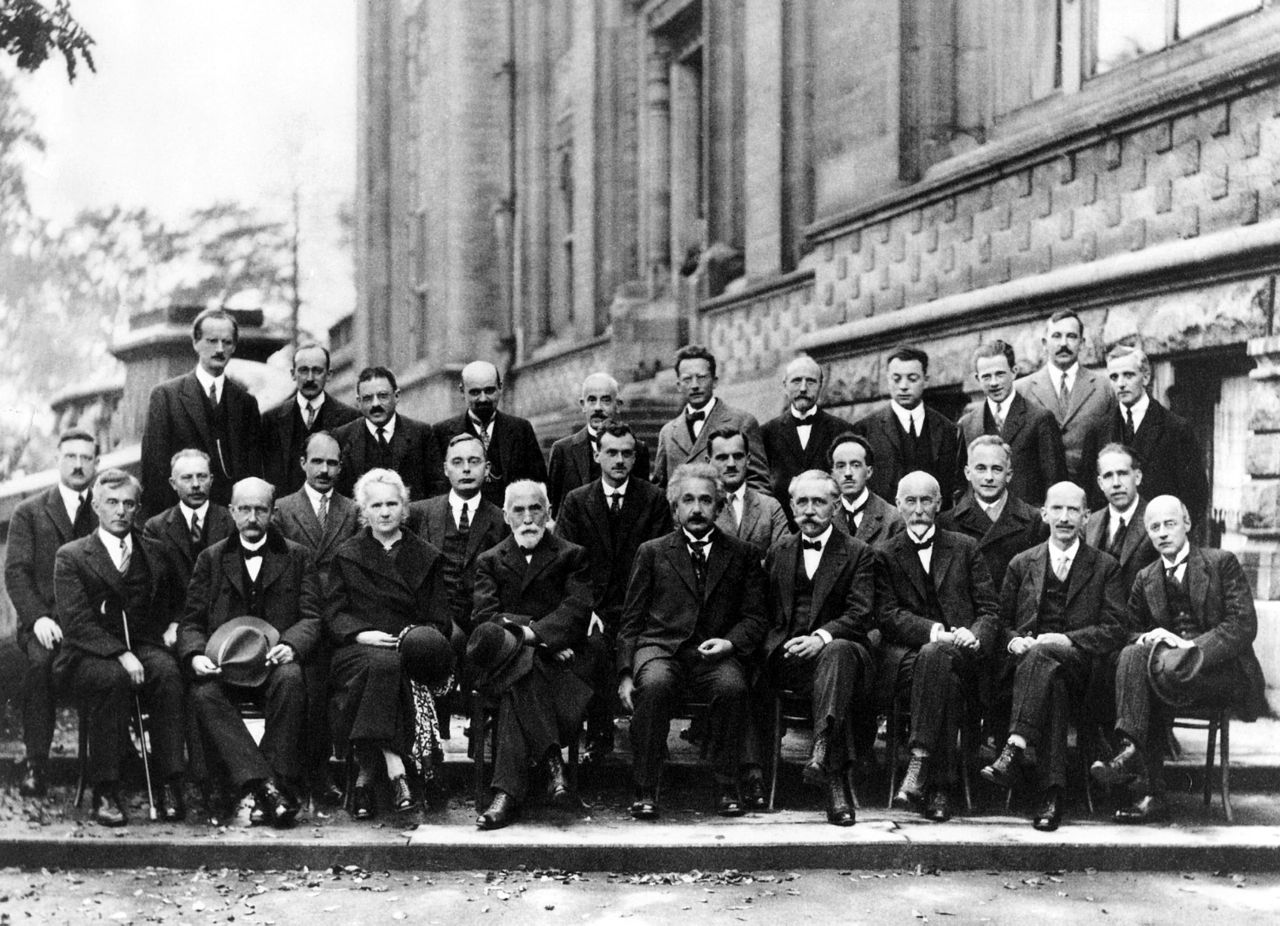
Albert Einstein was no lonesome genius, though, as the brilliant Isaac Newton famously said If I have seen further it is by standing on the shoulders of giants.
Considering other contemporary brilliant physicists working at this time, to mention a few, Max Planck, Marie Curie, Werner Heisenberg, Max Born and Niels Bohr.
Whereas the Bohr–Einstein debates as a series of public disputes about quantum mechanics between Albert Einstein and Niels Bohr is considered of great importance to the philosophy of science.
Two of Einstein’s childhood friends were important to his achievements. Marcel Grossman, who was a mathematician and Michele Besso who was an engineer. Both met Albert Einstein at the Technical University of Zurich.
Then Grossman’s father helped Einstein to get a job at the patent office in Bern in 1902. Later, Besso came to work there as well, and in 1905, Einstein published his special theory of relativity.
In 1912, both Grossman and Einstein returned to ETH and the following year they published an article together about matter curving space-time. And in 1915, he devised the Einstein field equations which relate the curvature of space-time with the mass, energy, and momentum within it.
______________
History: Einstein was no lone genius
____________________________



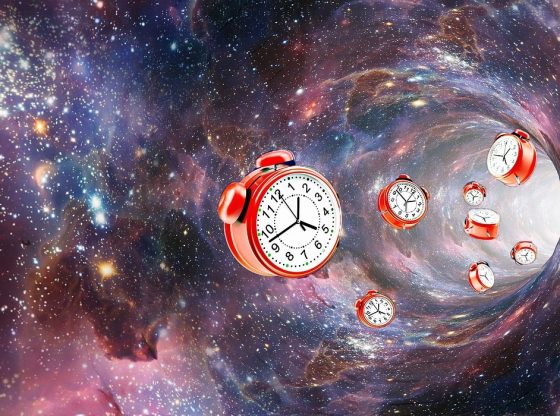

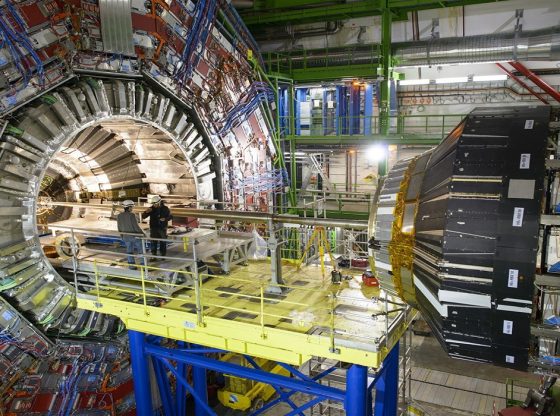
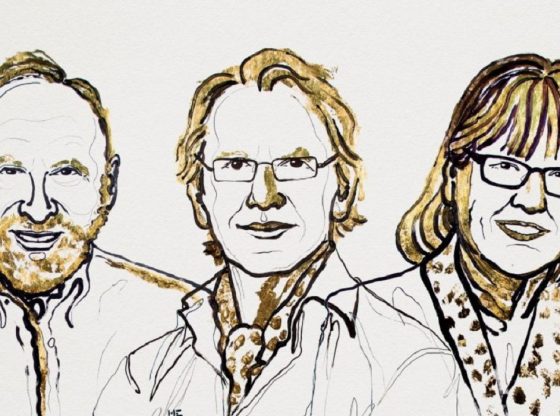
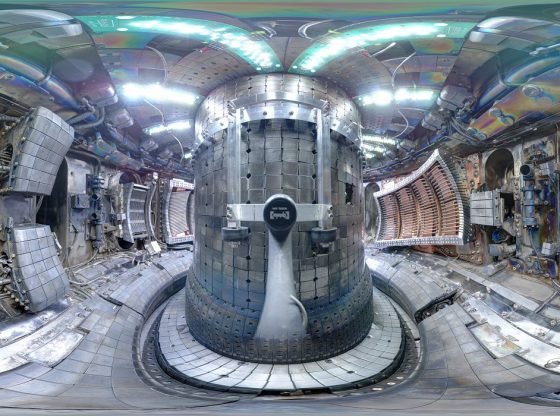
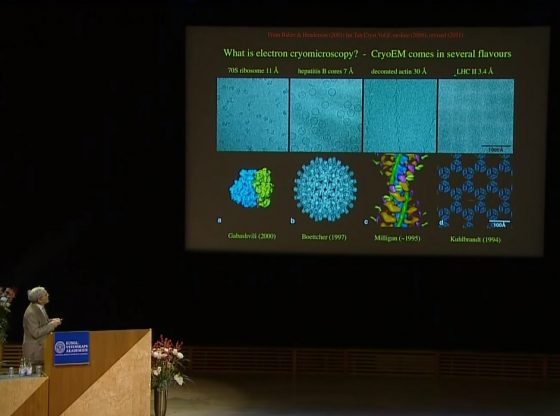
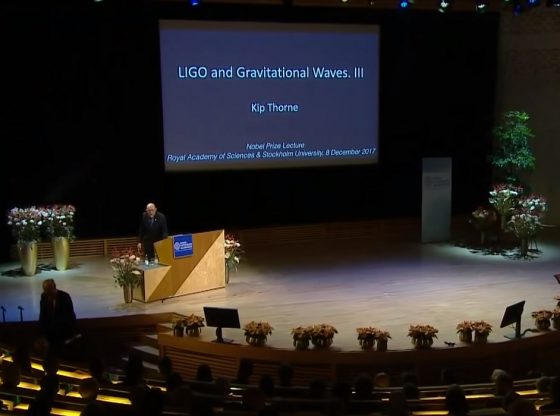
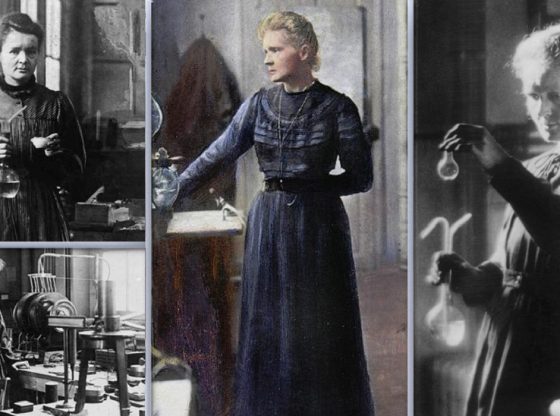
![OpenAI. (2025). ChatGPT [Large language model]. https://chatgpt.com](https://www.illustratedcuriosity.com/files/media/55136/b1b0b614-5b72-486c-901d-ff244549d67a-350x260.webp)
![OpenAI. (2025). ChatGPT [Large language model]. https://chatgpt.com](https://www.illustratedcuriosity.com/files/media/55124/79bc18fa-f616-4951-856f-cc724ad5d497-350x260.webp)
![OpenAI. (2025). ChatGPT [Large language model]. https://chatgpt.com](https://www.illustratedcuriosity.com/files/media/55099/2638a982-b4de-4913-8a1c-1479df352bf3-350x260.webp)








